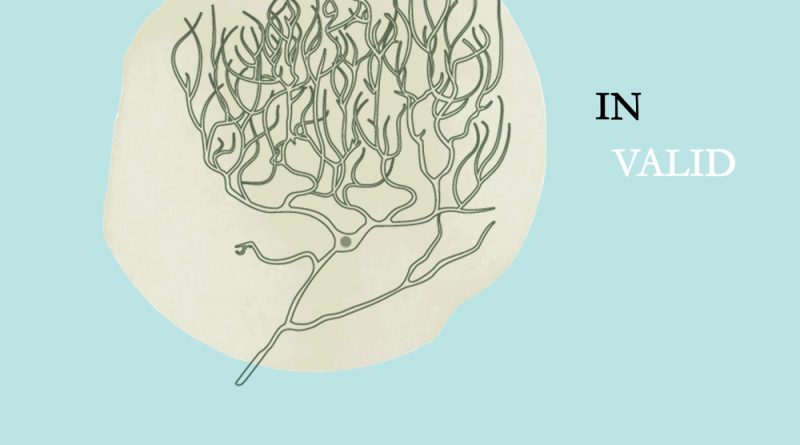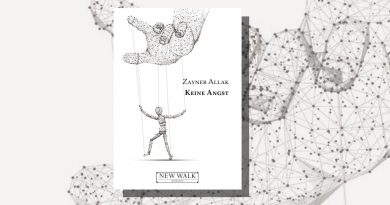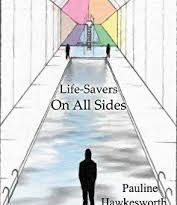Invalid by Pen Reid
– Reviewed by Matthew Hacke –
Pen Reid’s Invalid is a sharp exposure of a family living with debilitating illness. The collection’s nuanced representation of Multiple Sclerosis displays both the physical and psychological effect of such a life-changing condition. Ultimately however, Reid’s portrait is optimistic, and the stark tone catalyses a unique representation of illness and familial love.
Whilst Reid’s overarching narrative is domestic, Invalid finds much of its symbolic currency in natural imagery. A miscommunication of intent between human and environment in ‘Attentive Robin’ serves as a metonym for the apparent fickleness of organic matter and fate: “the robin clearly loves me … robin dashes into the undergrowth, so: it’s not all about me.” Bunnies playing on the ramparts are corralled to enact courage in the face of adversity. In these interactions, Reid experiments with conceptualising MS indirectly: she asks explicitly in ‘The Weir’ “shall I broach the subject of your prognosis with analogy?” However, the reader should be cautioned against viewing these images as solely allusions. In ‘Tricked,’ Reid notes the wheelchair caulked in mud, thus showing how the peculiarity of illness is embedded, rather than separate to the collection’s diverse ecology. This is endemic to the success of the work. Approaching debilitation, humanity, family and nature holistically, Reid asks why we categorise and separate illness as ‘abnormal,’ ‘different’ and ‘INvalid.’ This synergy is critical to the collection’s conclusion that “we are never truly trapped.”
I would hypothesise that Pen Reid’s motive for writing Invalid can be gleaned from the four epigraphs underpinning the collection. She disapprovingly quotes Mary Baker Eddy (founder of the Church of Christian Science) who stated that “sickness is an illusion.” As mentioned, there is nothing oblique about Invalid’s representation of MS. At times visceral, the sequence emphasises the real lived experience of degenerative disease, which is in turn enacted by the text’s brittle, often truncated structures and phonetics. Invalid therefore redefines sickness and disability in a society in which “two thirds of the British public feel uncomfortable speaking to a disabled person” (Epigraph 1). In the first poem, Reid symbolically opens the ‘Front Door’, a latch that “holds thick against our tugs and kicks”, formulating an intimate environment that goes some way to de-stigmatise and illuminate concepts of impairment and support. In detailing these complex familial relationships, Reid celebrates the sheer obstinacy of compassion and personhood. Covalent to Invalid’s incarnate, often difficult imagery of sickness, she emphasises that “love lives not in the physical.”
We could argue that this is a therapeutic process. As the third epigraph states, “it is crucial not to step away”: a sense of affirmation develops as the collection unfolds, climaxing in ‘Fall in the Garden,’ in which Reid runs to her collapsed husband and on arrival finds “her heart buoyant that [he is] bleeding and alive.” As she suggests on the back matter, “poetry has provided me with a voice to express the unspeakable” and there is no doubt that Invalid develops and works through a highly complex evocation of illness that is both affective and poignant. In negotiating the process of writing, Reid formulates a powerful collection, using lived experience to ask profound questions about our conceptions of disability.





